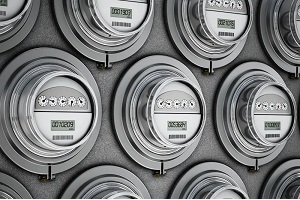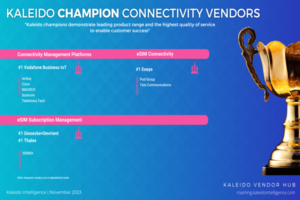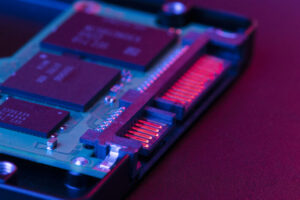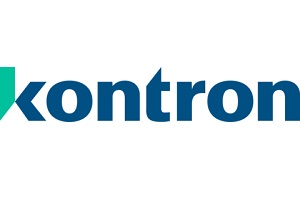A new research report from the IoT analyst firm Berg Insight reveals that the penetration of smart electricity metres in North America reached 74% in 2021. Overall, the installed base of smart electricity metres will grow at a compound annual growth rate of 4.8% during 2021–2027 to reach a total of 173.4 million units at the end of the forecast period.
Over the next six years, the penetration of smart metres in the US will increase to reach a level of 93% while the respective figure for the more advanced Canadian market will be slightly higher at 94%.
“First-wave deployments will continue to grow in the coming years and will be driven by the launch of major new projects by late adopters in the Northeastern US and Eastern Canada. Meanwhile, second-wave rollouts for early adopters are now also ramping up and will grow their share of annual shipment volumes from around 12% in 2021 to around 75% by 2027”, says Mattias Carlsson, IoT analyst at Berg Insight.
According to the study, yearly shipments of smart electricity metres in North America will grow from 10.7 million units in 2021 to 17.3 million units in 2027. The Covid-19 pandemic had a notable impact on deployments during 2020 with a year-over-year decrease of around 13% in annual shipment volumes. The market has since experienced an increase in shipments and the number of yearly shipments is expected to peak in 2024 at 18.4 million units and thereafter slightly decrease to a level of 17 million units until the end of the forecast period.
Alongside the increase in replacement smart metre projects, the development of smart metering technology in the North American market has in the last couple of years shifted focus to serving new demands beyond smart metering. The utilities are now looking to leverage their existing network canopies for a wider array of smart city applications while also trying to figure out how to cope with the integration of the rapidly increasing number of electric vehicles and distributed energy resources into the grid infrastructure.
“The race has begun between the top vendors to develop and successfully commercialise the most attractive use cases for second-wave smart metering technology. Besides increased computing power and edge analytics capabilities that enable a new set of benefits, utilities are more and more looking to integrate multiple smart city applications into a single solution”, concludes Carlsson.
Comment on this article below or via Twitter: @IoTNow_OR @jcIoTnow
- SEO Powered Content & PR Distribution. Get Amplified Today.
- Platoblockchain. Web3 Metaverse Intelligence. Knowledge Amplified. Access Here.
- Source: https://www.iot-now.com/2022/12/28/126490-berg-insight-says-74-of-electricity-metres-in-north-america-are-now-smart/
- 10
- 17 million
- 2020
- 2021
- 2024
- 7
- a
- adopters
- advanced
- america
- American
- analyst
- analytics
- and
- annual
- applications
- around
- Array
- article
- attractive
- base
- below
- benefits
- between
- Beyond
- Canada
- Canadian
- capabilities
- cases
- City
- coming
- Compound
- computing
- computing power
- continue
- Couple
- COVID-19
- COVID-19 pandemic
- customize
- decrease
- demands
- deployments
- develop
- Development
- distributed
- driven
- during
- Early
- early adopters
- eastern
- Edge
- Electric
- electric vehicles
- electricity
- enable
- energy
- existing
- expected
- experienced
- Figure
- Firm
- Focus
- Forecast
- from
- Go
- Grid
- Grow
- Growth
- higher
- How
- How To
- HTTPS
- Impact
- in
- Increase
- increased
- increasing
- Infrastructure
- insight
- integrate
- integration
- iot
- Last
- Late
- launch
- Level
- Leverage
- looking
- major
- Market
- max-width
- Meanwhile
- million
- more
- most
- multiple
- network
- New
- next
- North
- north america
- notable
- number
- overall
- pandemic
- Peak
- period
- plato
- Plato Data Intelligence
- PlatoData
- power
- projects
- Race
- ramping
- rapidly
- Rate
- reach
- reached
- report
- research
- Resources
- respective
- Reveals
- serving
- set
- Share
- since
- single
- SIX
- smart
- Smart City
- Study
- Successfully
- Technology
- The
- their
- to
- tools
- top
- Total
- units
- us
- use
- utilities
- Vehicles
- vendors
- via
- volumes
- while
- wider
- will
- years
- Your
- zephyrnet













